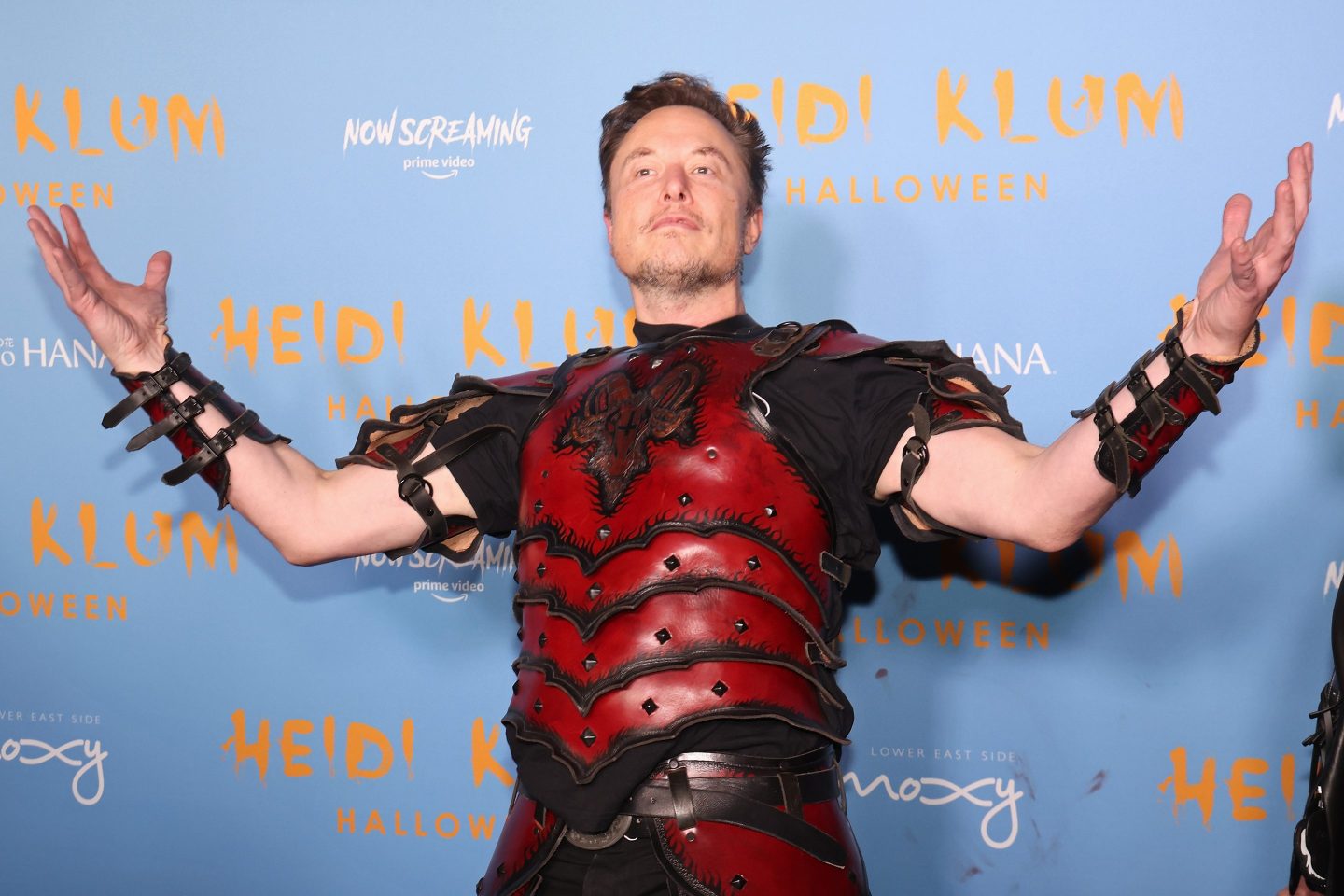Twitter’s “legacy” check marks finally went away on Thursday, as celebrities, journalists, and other prominent figures lost the small blue badges confirming they were who they said they were.
The “legacy” check marks identified users who had gone through Twitter’s now-suspended verification process for notable accounts. Today, the only users with a blue check mark are those who subscribe to Twitter Blue, the social media platform’s paid subscription service, and give a phone number to the platform.
Yet a handful of celebrities—who had earlier claimed they would never pay for the service—kept their badge. On Thursday evening, Twitter CEO Elon Musk revealed the reason why: He was personally covering their subscriptions.
On Thursday, The Verge reported that a Twitter employee wrote to NBA star LeBron James offering a “complimentary subscription to Twitter Blue for your account, @kingjames, on behalf of Elon Musk.”
In response to the article, Musk said he was paying for some subscriptions “personally.” Later, he suggested he was paying for only three: the NBA’s James, author Stephen King, and actor William Shatner.
All three had previously complained about the paid verification plan and suggested they wouldn’t be paying for a subscription.
Welp guess my blue ✔️ will be gone soon cause if you know me I ain’t paying the 5. 🤷🏾♂️
— LeBron James (@KingJames) March 31, 2023
On Thursday, King claimed on Twitter that he had neither paid for the service, nor given the company his phone number. (Musk replied, “You’re welcome.”)
Musk’s revelation that he personally paid for a few Twitter accounts—even if it was an attempt to needle his critics—runs counter to some of his earlier statements about why he pushed for paid verification. The Twitter CEO called the system a “lords & peasants” arrangement back in November, soon after taking over the social media company.
In March, in response to a complaint from Shatner about the changes to verification, Musk said that paid verification was “about treating everyone equally.”
“There shouldn’t be a different standard for celebrities,” he wrote at the time.
Twitter did not immediately respond to a request for comment. The company no longer has a communications department.
Paid verification stumbles
Musk’s drive to charge everyone for verification has stumbled at several points since he took over the company six months ago.
The first attempt to roll out paid verification in November led to a wave of misinformation, as accounts impersonated major brands to tweet fake announcements. Shares in pharmaceutical company Eli Lilly even briefly plunged after an account impersonating the company announced that “insulin is free now.”
Twitter has since refined its verification plans. The company now offers differently styled check marks for organizations and public figures. Organizations can pay $1,000 a month to be verified on the platform, getting a gold check mark, while affiliated accounts also get verified for an additional fee. Government bodies and officials get a light gray check mark.
Still, there are hiccups in the service’s rollout. The New York Times lost its verified status after the publication said it would not pay Twitter’s fee. (Elon Musk later expressed “delight” at removing the badge in an extended interview with the BBC.)
The official Twitter account of the New York City government lost its verified status on Thursday, forcing the account to tweet that it was the “only account” representing the city. (As of publication time, the @nycgov Twitter account now has the verified badge given to government bodies.)
Twitter’s decision may also have accidentally switched off the platform’s labels for some media accounts, such as its “state-affiliated” or “government-funded” designations. For example, the Twitter account of the Chinese state-run newspaper China Daily no longer has the “China state-affiliated media,” as of publication time. The help page explaining the labels gives a “page not found” error, as of publication time.
Musk had recently expanded the labels to apply to outlets like the BBC and National Public Radio. Labeled media organizations disputed the designation, and the implication that their governments influenced their reporting, leading some outlets like NPR to quit the platform.
Other Twitter changes have hindered the platform’s use as a source of trustworthy and speedy information. The company started charging for access to its application programming interface (API), which forced several official accounts that automatically shared up-to-date information on weather or natural disasters to suspend operations.
Owing to the change of policy of the Twitter account, automated post is currently not available. Please use the MyObservatory app (https://t.co/rLdLzWIYwe) to receive notifications of weather warnings and special weather tips.
— Observatory HKO (@ObservatoryHK) April 19, 2023
The blue check mark has become something akin to a political identifier on Twitter. Users who support Musk’s plans for the platform often embrace the badge, while those who disagree with Twitter’s CEO—whether owing to his plans for the business or his broader rhetoric—regularly pledge never to pay for Twitter Blue.
The change meant some still-verified users had to awkwardly admit that they had, in fact, paid for Twitter Blue, citing some of the service’s features like longer video uploads and tweet editing.
I’m embarrassed to admit I’ve been paying for twitter blue since it started way before Elon please do not judge me
— Dave (@Krtzyy) April 20, 2023
At least my old checkmark was real 😩













